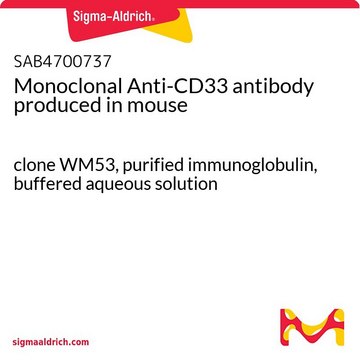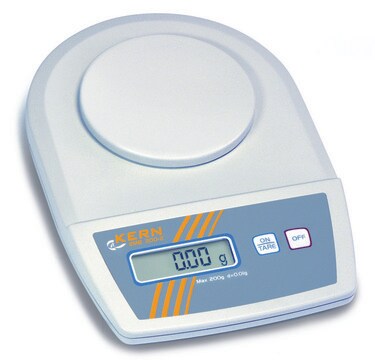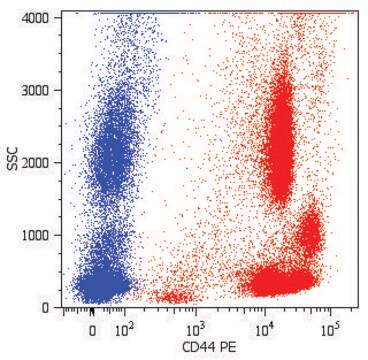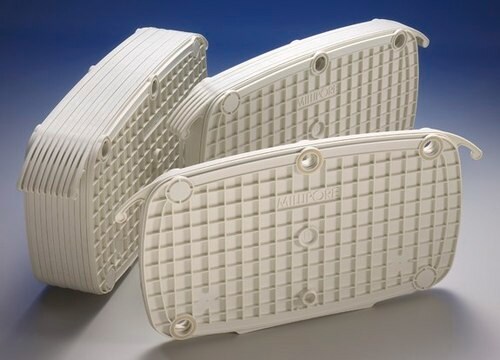MABF2163
Anti-CD33 Antibody, clone P67.6
clone P67.6, from mouse
Synonim(y):
Myeloid cell surface antigen CD33, Sialic acid-binding Ig-like lectin 3, Siglec-3, gp67
About This Item
Polecane produkty
pochodzenie biologiczne
mouse
forma przeciwciała
purified immunoglobulin
rodzaj przeciwciała
primary antibodies
klon
P67.6, monoclonal
reaktywność gatunkowa
human
opakowanie
antibody small pack of 25 μg
metody
flow cytometry: suitable
immunocytochemistry: suitable
inhibition assay: suitable
izotyp
IgG1κ
numer dostępu NCBI
numer dostępu UniProt
docelowa modyfikacja potranslacyjna
unmodified
informacje o genach
human ... CD33(945)
Opis ogólny
Specyficzność
Immunogen
Zastosowanie
Flow Cytometry Analysis: A representative lot detected CD33 in Flow Cytometry applications (Kussick, S.J., et. al. (2003). Arch Pathol Lab Med. 127(9):1140-7).
Immunocytochemistry Analysis: A representative lot detected CD33 in Immunocytochemistry applications (van Der Velden, V.H., et. al. (2001). Blood. 97(10):3197-204).
Inflammation & Immunology
Jakość
Flow Cytometry Analysis: 1 µg of this antibody detected CD33 in one milliion THP-1 cells.
Opis wartości docelowych
Postać fizyczna
Przechowywanie i stabilność
Inne uwagi
Oświadczenie o zrzeczeniu się odpowiedzialności
Nie możesz znaleźć właściwego produktu?
Wypróbuj nasz Narzędzie selektora produktów.
Certyfikaty analizy (CoA)
Poszukaj Certyfikaty analizy (CoA), wpisując numer partii/serii produktów. Numery serii i partii można znaleźć na etykiecie produktu po słowach „seria” lub „partia”.
Masz już ten produkt?
Dokumenty związane z niedawno zakupionymi produktami zostały zamieszczone w Bibliotece dokumentów.
Nasz zespół naukowców ma doświadczenie we wszystkich obszarach badań, w tym w naukach przyrodniczych, materiałoznawstwie, syntezie chemicznej, chromatografii, analityce i wielu innych dziedzinach.
Skontaktuj się z zespołem ds. pomocy technicznej







